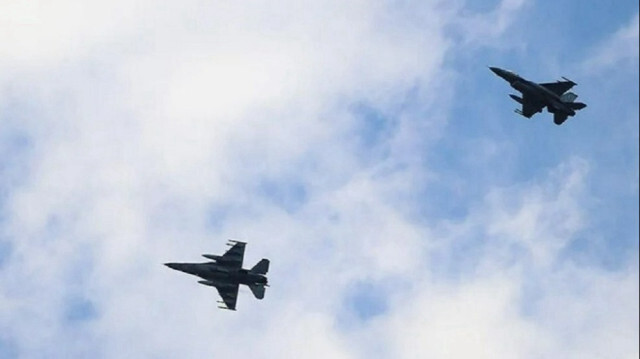
US, Canadian militaries identify, intercept TU-95 BEAR-H, SU-30 fighter jets, SU-35 fighter planes
The US and Canadian militaries intercepted a second batch of Russian military planes in as many days, the countries' joint command said Thursday.
The North American Aerospace Defense Command (NORAD) said the Russian planes remained in international airspace when they were intercepted and did not enter Canadian or US airspace.
The command stressed it is common for Russian military activity to occur near what is known as the North American Air Defense Identification Zone (ADIZ), and said the flights are "not seen as a threat, nor is the activity seen as provocative."
"NORAD tracks and positively identifies foreign military aircraft that enter the ADIZ. NORAD routinely monitors foreign aircraft movements and as necessary, escorts them from the ADIZ," it said in a statement.
"NORAD employs a layered defense network of satellites, ground-based radars, airborne radar and fighter aircraft to track and identify aircraft and inform appropriate actions. We remain ready to employ a number of response options in defense of North American and Arctic sovereignty," it added.
About six to seven such intercepts occur every year, according to NORAD. The last intercept happened Tuesday when a pair of F-16 fighter jets sent back four Russian planes.
Russia's aircraft on Thursday included TU-95 BEAR-H, SU-30 fighter jets and SU-35 fighter planes, it said.
They were intercepted by two NORAD F-35A fifth-generation fighters supported by two additional F-16 fighter jets, one E-3 Sentry early warning plane and two KC-135 Stratotankers, which are used to refuel planes mid-flight.

